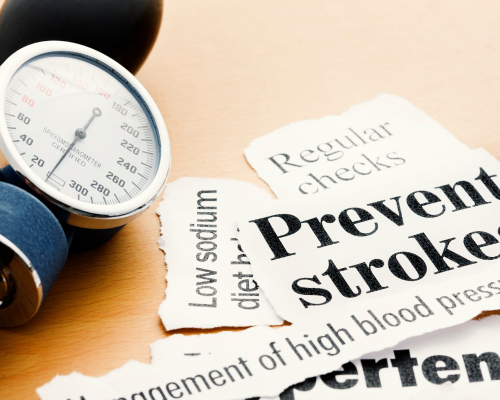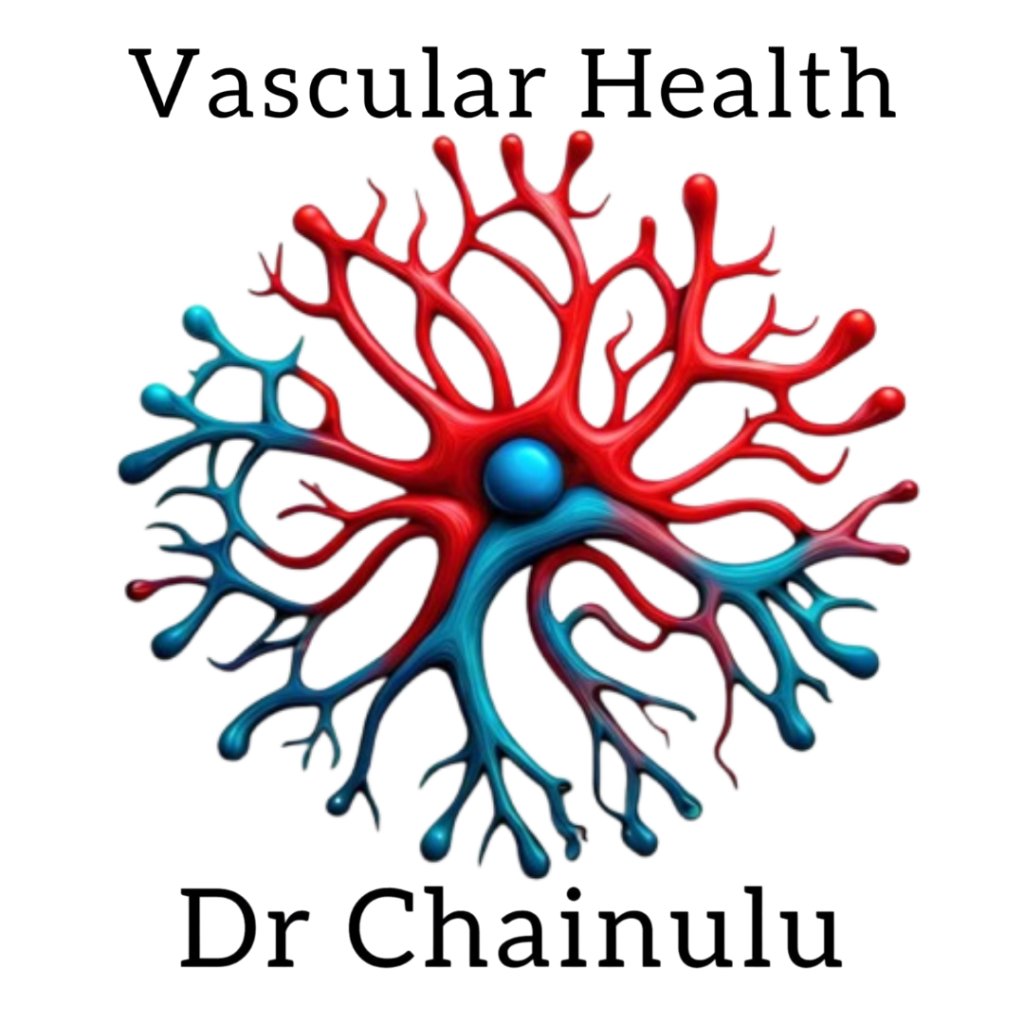Stroke Prevention
What is a Stroke?
A stroke occurs when blood flow to a part of the brain is disrupted, either due to a blocked artery (ischemic stroke) or a ruptured blood vessel (hemorrhagic stroke). Without adequate blood supply, brain cells begin to die, leading to potential disability or even death.
The good news? Up to 80% of strokes are preventable with proper lifestyle changes and medical care.
Why is Stroke Prevention Important?
- Stroke is one of the leading causes of death and disability worldwide.
- It can result in permanent physical, cognitive, or speech impairments.
- Preventing a stroke not only safeguards your health but also reduces the emotional and financial burden on families and healthcare systems.
Understanding Stroke Risk Factors
Stroke risk factors fall into two categories:
1. Modifiable Risk Factors (You can control or manage these)
- High blood pressure (Hypertension): The leading cause of strokes.
- Smoking: Increases clot formation and damages blood vessels.
- High cholesterol levels: Contribute to plaque buildup in arteries.
- Diabetes: Raises the risk of both ischemic and hemorrhagic strokes.
- Obesity and physical inactivity: Associated with multiple stroke risk factors.
- Excessive alcohol consumption: Leads to high blood pressure and atrial fibrillation.
2. Non-Modifiable Risk Factors (You cannot change these)
- Age: Risk increases with age, especially after 55.
- Family history: A family history of stroke or heart disease raises your risk.
- Gender: Men are more likely to experience strokes, but women are at higher risk of dying from them.
- Ethnicity: Certain groups, such as African-Americans and South Asians, are at higher risk due to genetic predispositions and lifestyle factors.
Key Steps to Prevent a Stroke
1. Control Blood Pressure
- Aim for a blood pressure below 120/80 mmHg.
- Reduce salt intake, exercise regularly, and follow a heart-healthy diet.
2. Maintain a Healthy Diet
- Focus on:
- Fruits, vegetables, whole grains, lean proteins, and healthy fats.
- Foods rich in omega-3 fatty acids (e.g., fish, walnuts).
- Avoid:
- Processed foods, trans fats, and sugary drinks.
3. Be Physically Active
- Engage in at least 150 minutes of moderate exercise per week, such as brisk walking, cycling, or swimming.
4. Manage Diabetes
- Keep blood sugar levels under control with diet, exercise, and prescribed medications.
5. Quit Smoking
- Smoking damages blood vessels and increases clot formation. Quitting smoking reduces stroke risk significantly within just a few years.
6. Limit Alcohol
- Consume alcohol in moderation:
- Men: No more than 2 drinks per day.
- Women: No more than 1 drink per day.
7. Treat Heart Conditions
- Atrial fibrillation (AFib), a condition causing an irregular heartbeat, can lead to clots. Treating AFib with medications or procedures can reduce stroke risk.
8. Take Medications as Prescribed
- Follow your doctor’s advice on taking medications for blood pressure, cholesterol, or other conditions. Aspirin may be prescribed for those at high risk to prevent clot formation.
Recognizing the Signs of a Stroke (Act FAST)
Recognizing stroke symptoms early can save lives and improve recovery outcomes. Remember the acronym FAST:
- F – Face drooping: One side of the face may droop or feel numb.
- A – Arm weakness: One arm may feel weak or numb.
- S – Speech difficulty: Slurred or unclear speech.
- T – Time to call emergency services: Act immediately.
Preventing a Stroke After a Transient Ischemic Attack (TIA)
A TIA, or “mini-stroke,” is a warning sign of a potential future stroke. Preventive measures include:
- Following up with your doctor for further evaluation.
- Starting medications to prevent clots.
- Making the lifestyle changes mentioned above.
Innovative Stroke Prevention Techniques
Advanced medical interventions may include:
- Carotid artery treatments: Procedures to open blocked arteries.
- Endovascular therapy: Minimally invasive procedures to remove clots.
- Advanced monitoring: Wearable devices to detect irregular heart rhythms (e.g., AFib).
Why Choose Dr. Chainulu for Stroke Prevention?
With expertise in vascular health and stroke care, Dr. Chainulu offers comprehensive stroke prevention strategies tailored to individual needs. From advanced diagnostics to personalized lifestyle guidance, Dr. Chainulu prioritizes your brain health.
Frequently Asked Questions
1. Can young people have strokes?
- Yes, though less common, strokes can occur in young individuals due to conditions like clotting disorders or lifestyle factors.
2. Is aspirin effective for stroke prevention?
- Aspirin may be beneficial for individuals at high risk, but it should only be taken under medical supervision.
3. Can stress cause a stroke?
- Chronic stress can increase blood pressure and contribute to unhealthy habits, raising stroke risk.
4. What foods should I avoid to prevent a stroke?
- Avoid high-sodium, high-fat, and processed foods, as they can contribute to high blood pressure and cholesterol.

Our Services
- Varicose Veins
- Deep Vein Thrombosis
- Vascular Malformation
- Aortic Aneurysms
- Mesenteric Vasculature
- Acute Limb Ischemia
- Peripheral Arterial Disease
- Stroke Prevention
- Angiography
- Vascular Access for Chemotherapy
- Spider Veins
- Glue Therapy
- Sclerotherapy
- AV Fistula
- Uterine Fibroid Embolisation
- Varicocele Embolisation
- Thyroid Ablation
- TACE
- Prostatic Artery Embolisation
- Varicocele Embolisation
